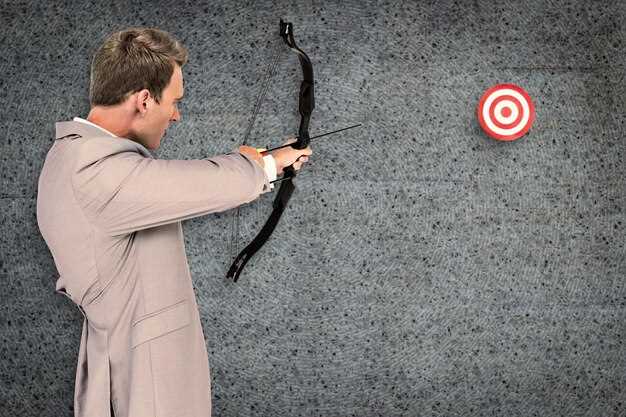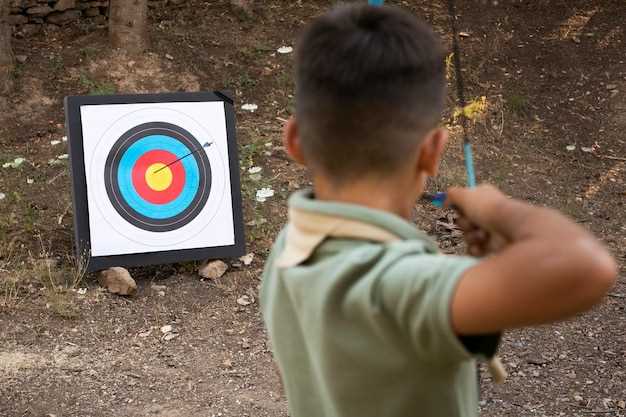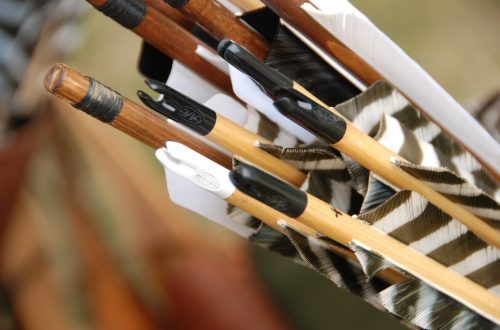
Troubleshooting common crossbow problems

Crossbows are popular choices for both hunting and target shooting, offering a unique blend of power and precision. However, like any complex equipment, they can encounter various issues that may frustrate users, especially beginners. Understanding these common problems is essential for maintaining performance and ensuring a successful shooting experience.
In this article, we will explore some of the most frequently faced crossbow issues, ranging from misfires to string wear. Each problem will be accompanied by effective solutions that can help you get back to your shooting without unnecessary delays. By equipping yourself with the knowledge to troubleshoot these common challenges, you can enhance your skills and confidence as a crossbow enthusiast.
Whether you are experiencing a drop in accuracy or difficulties with the cocking mechanism, we will provide the insights needed to address and resolve these challenges. Staying informed about your crossbow’s functionality helps prolong its life and enhances your overall enjoyment of the sport.
Diagnosing String and Cable Problems in Crossbows

String and cable issues are among the most common problems faced by crossbow users. Identifying these issues early can prevent further damage and ensure optimal performance. The first step in diagnosing string and cable problems is to conduct a visual inspection. Look for any frays, worn areas, or broken strands in the string or cables, as these can significantly affect the crossbow’s function.
Next, check the tension of the string and cables. If the string appears loose or has excessive slack, it may indicate a need for re-cocking or replacing. A properly tensioned string ensures the crossbow functions efficiently and safely. Additionally, pay attention to the alignment of the string and cables; misalignment can lead to uneven wear and affect accuracy.
Listen for unusual sounds when firing your crossbow. A ‘slapping’ noise could suggest that the string is hitting the limbs or other components due to misalignment or damage. This issue needs immediate attention to avoid further complications.
Finally, ensure that your serving–a protective layer wrapped around the string–remains intact. A damaged serving can result in string fraying and loss of power. If you notice any issues in this area, consider re-serving the string.
By addressing these string and cable issues promptly, you can maintain the reliability and accuracy of your crossbow, enhancing your overall shooting experience.
Identifying and Fixing Accuracy Issues with Crossbow Bolts
Accuracy is crucial for effective crossbow use, and issues with bolts can significantly impact performance. When your shots consistently miss the target, it’s important to identify and address the underlying problems.
One common reason for accuracy issues is the condition of the crossbow bolts. Inspect each bolt for any signs of damage, such as cracks, bends, or nicks. Even minor imperfections can alter the flight path, so replace any damaged bolts immediately.
Another factor to consider is the fletching. Ensure that the vanes are securely attached and undamaged. Misaligned or damaged fletching can cause erratic flight patterns. If necessary, re-fletch bolts using a quality adhesive and ensure proper orientation for optimal stability in flight.
The bolt weight can also influence accuracy. Check if your bolts are compatible with your specific crossbow model. Using bolts that are too light or too heavy can result in poor trajectory and impact. Follow the manufacturer’s recommendations for bolt specifications to maintain consistent performance.
Additionally, consider the arrow shaft’s straightness. A bent shaft can dramatically decrease accuracy. Use a shaft straightness tool to check your bolts and straighten any that are slightly warped.
Finally, review the crossbow’s sighting system. Ensure that the sight is properly aligned and calibrated. A misaligned scope or red dot can lead to significant shooting discrepancies. Make adjustments as needed to guarantee accurate aiming.
By addressing these factors, you can enhance the accuracy of your crossbow bolts, leading to improved performance and successful shooting sessions.
Resolving Firing Mechanism Malfunctions in Crossbows

The firing mechanism is one of the most critical components of a crossbow, directly affecting its performance and reliability. Common issues associated with the firing mechanism can lead to safety concerns and diminished accuracy. Here, we will explore various malfunctions and practical solutions to ensure your crossbow functions effectively.
One prevalent issue is the misalignment of the trigger system. If the trigger does not engage properly, it may result in a failure to fire or a delayed discharge. To resolve this, inspect the trigger assembly for any signs of wear or obstruction. Make necessary adjustments by ensuring all components are correctly aligned and secured. Lubricating moving parts can also enhance functionality.
Another common problem involves the release mechanism. Over time, the release mechanism can become sticky or too tight, preventing a clean shot. To address this, clean the release mechanism thoroughly to remove dirt or debris that may be affecting its operation. If the problem persists, consider replacing springs or other components to restore optimal functioning.
Additionally, check for any issues with the safety mechanism. If the safety does not engage or disengage smoothly, it may pose a risk when handling the crossbow. Regular maintenance and testing of the safety feature will help to ensure it is operational. If any irregularities are detected, consult the manufacturer’s instructions for troubleshooting or parts replacement.
Lastly, ensure that the string and cables are in good condition. Worn or frayed strings can affect the entire firing mechanism. Regularly inspect your bowstring, and if any damage is found, replace it promptly. Proper maintenance, including waxing the string, will also help to prolong its lifespan and improve shooting performance.
By addressing these potential issues with your crossbow’s firing mechanism, you can significantly enhance both safety and shooting accuracy. Regular maintenance and prompt repairs are essential in resolving these common crossbow problems.



